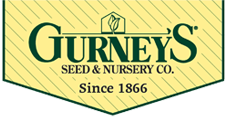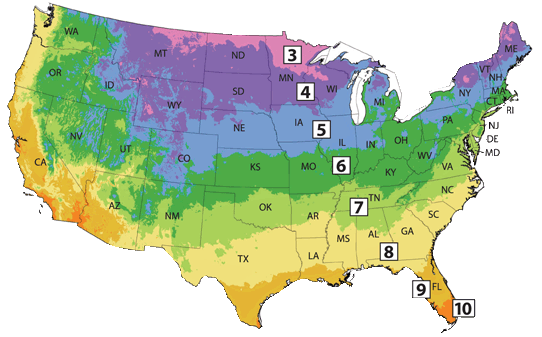Having been raised in the city, nobody taught me how to garden. When I moved to a home on 4 acres, with an apple and pear tree, a grape vine and re-sprouting rhubarb, I became interested in planting a larger vegetable garden. When picking out packages of seeds and plants, I viewed the growing zone information but really didn’t know how to apply it. I lived near the great lakes at the time and being in a geographical area like that made the general growing zone a little tricky to apply. I was a novice and at loss of exactly how to go about it. Then I was directed to the Cooperative Extension Service. They became a valuable resource from advising me what to plant in my growing zone, especially as a first time vegetable gardener, to how to prune and take care of the fruit trees I already had.
These sites are a great taxpayer resource; full of helpful and assisting information. State and county agriculture or horticulture agents, a university-based extension specialist, or a volunteer master gardener at the Cooperative Extension Service, can answer your individual gardening questions and provide informational access to resources at the university that conduct the research into many gardening topics including local community agriculture, pesticides, insects, local wildlife plant foragers, storing, canning and preservation of fruits and vegetables and more. They can answer climate temperature averages for your areas and advise on any changes that they have been cataloging and notating for your specific growing area, which in the great lakes region, along with many other US areas, can be the subtle difference of a mile.
The advice they provided me, helped me to be a less frustrated and a more successful gardener. They gave guidelines on pest control for my grapes taking in consideration my wish for organic pesticides. The Cooperative educated me on my growing zone frost and thaw dates for planting fruits, vegetables and flowers, and all the ways to pressure can certain fruits and vegetables, dry flowers and the safeties on all their preservation. They also put forth the suggestion of ordering my seeds and plants from a qualified specialized seed & plant catalog company, who knew their field and could give me advice on the products they sell.
If you have a flower, shrub, tree, vegetable, or fruit in mind to plant and have any question whether the particular plant, or variety for that matter, performs well in your area, it is worth the call. The USCooperative Extension Service – is now under the National Institute of Food and Agriculture www.nifa.usda.gov You also can find the phone number for your local county or state extension office online under local state government directory or in your local telephone book.


